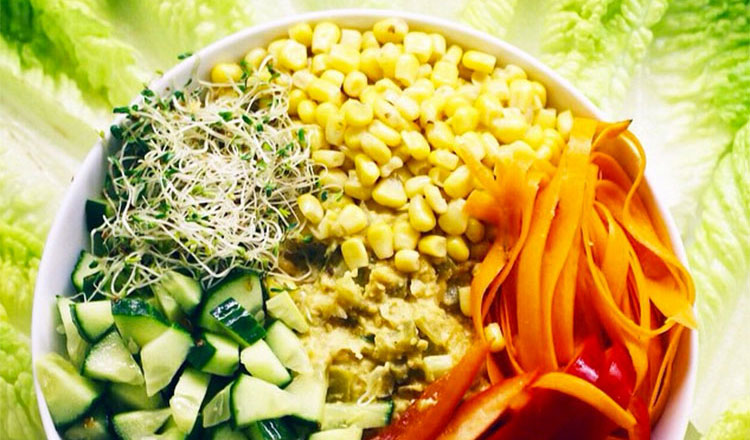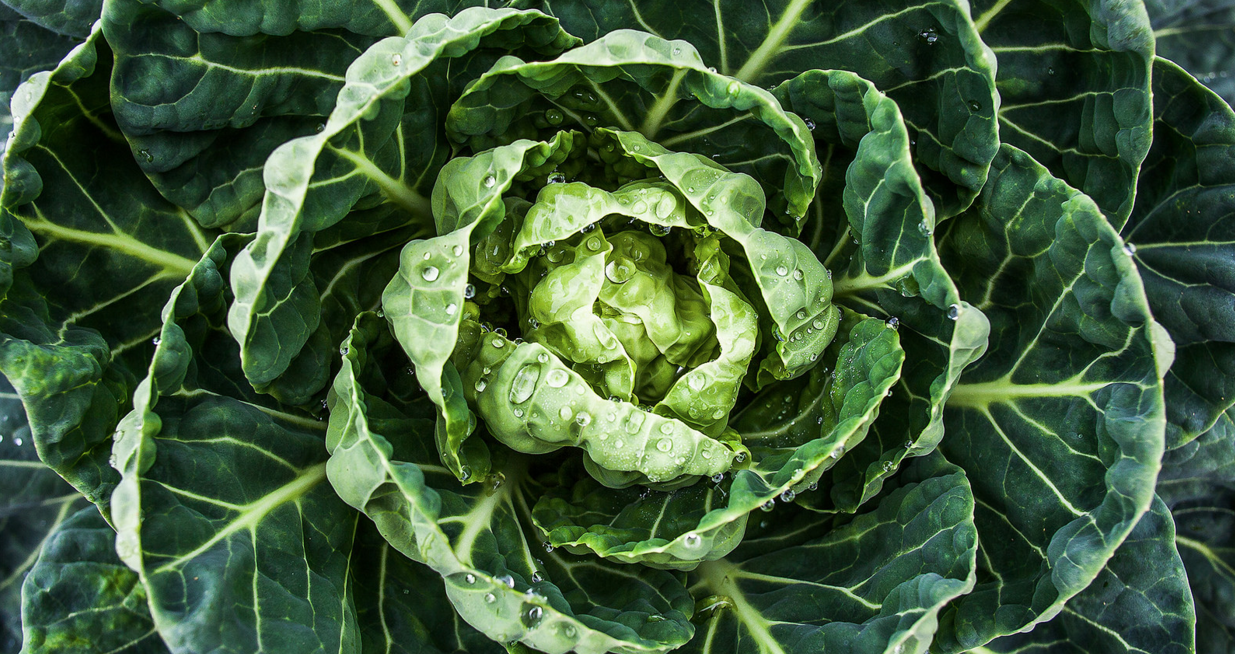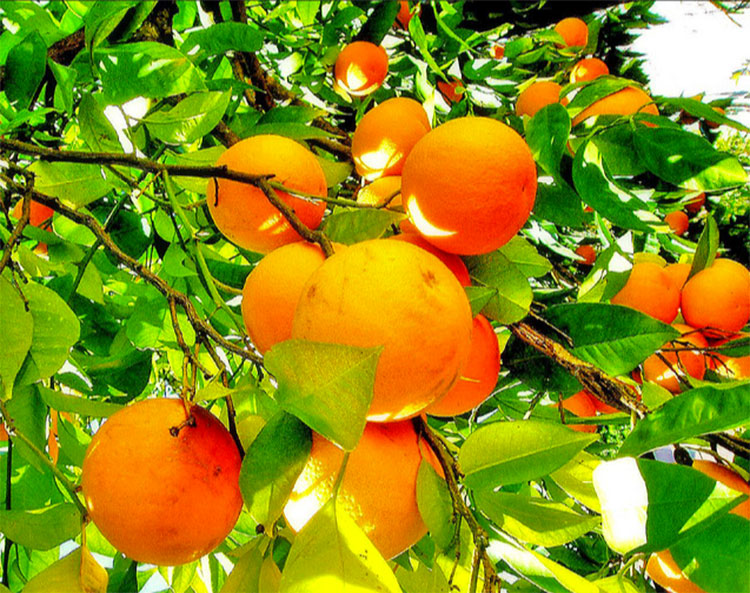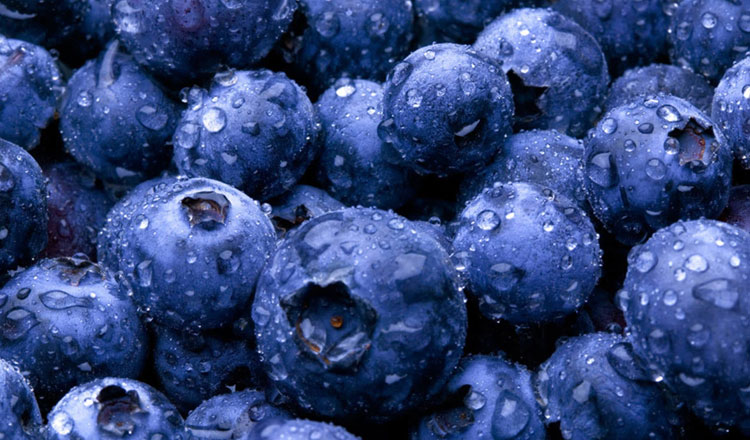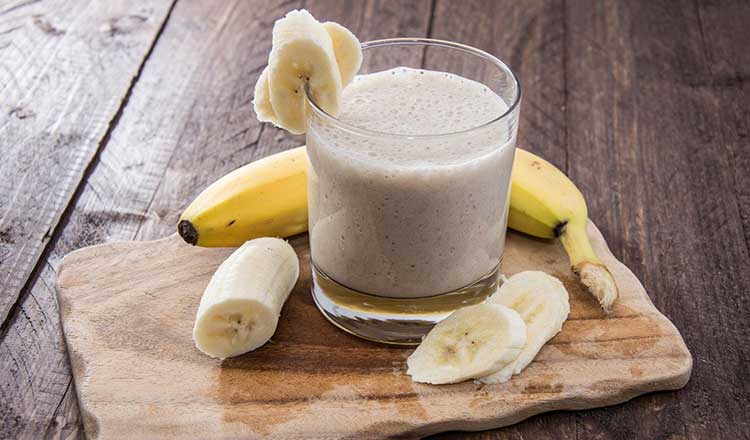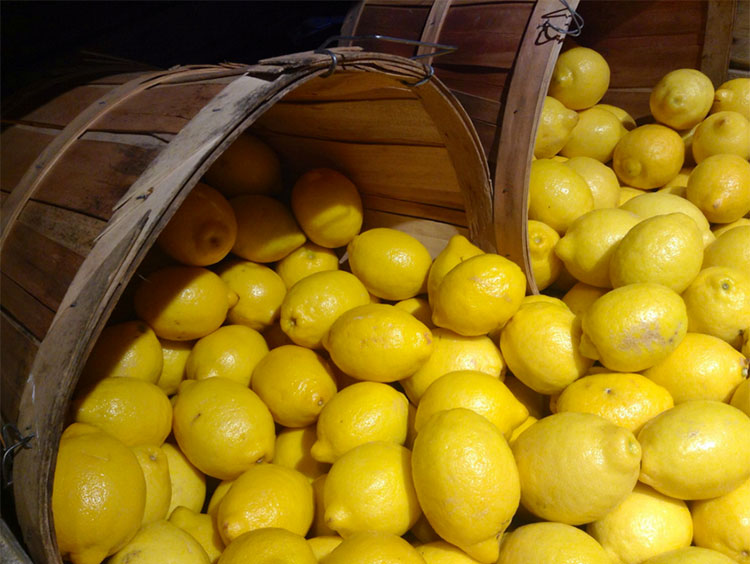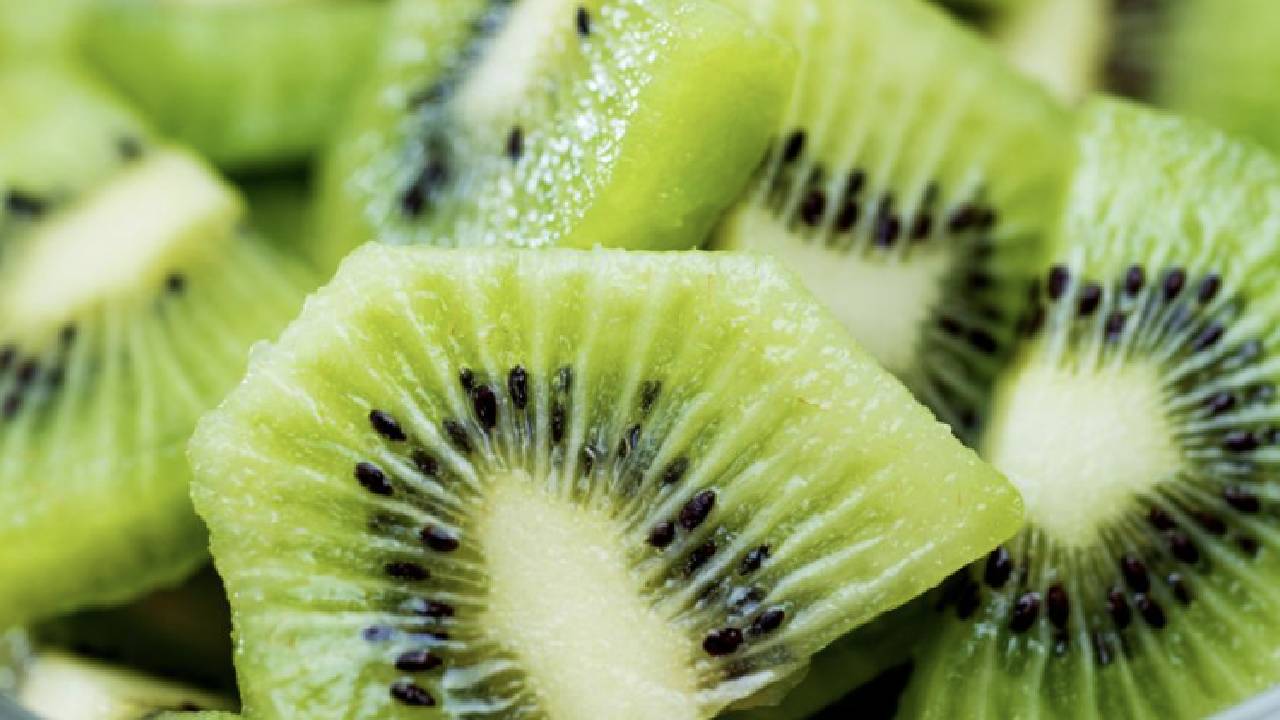So why is it so important to eat the rainbow?
The colours are a result of phytonutrients, which are natural plant pigments that are full of chemical compounds that promote health, prevent disease and will make you glow like Sally.
Red
Red fruits and veggies gain their colour from a pigment called lycopene, according to Nutrition Australia. Lycopene improves heart and blood health and supports joints.
Examples: Tomato, red capsicum, radishes, strawberries, cherries, raspberries.
Green
Your daily dose of greens are excellent cancer fighting foods thanks to their phytochemicals such as carotenoids, indoles and saponins. They are also known as powerful detoxes, can fight free radicals and even improve your immune system. Leafy green vegetables like spinach or broccoli are wonderful sources of foliate and iron that help to make red blood cells as well.
Examples: Spinach, Avocado, lettuce, cucumber, limes, kiwifruit.
Orange
Carotenoids make these healthy foods bright. You may have heard of Beta-carotene, which can be found in sweet potatoes and carrots. This converts to Vitamin A, which aids in the maintenance of healthy mucous membranes and eyes. Orange foods also contain vitamin C, potassium and terpenes. A carotenoid called lutein prevents cataracts and age related macular degeneration. So there is some truth to why your mum used to tell you that carrots made you see in the dark.
Examples: Mango, carrot, squash, apricot, pumpkin.
Blue/purple
Anthocyanin is what causes the beautiful blues and purples you find in blueberries and beetroots. These have powerful antioxidant properties that protect cells from damage, improve mineral absorption and can help reduce the risk of cancer, stroke and heart disease. There are also links with these foods and improved memory function and ageing.
White/brown
White foods can contain protein, which aids in growth and repair. Furthermore, they activate our natural killer cells with antiviral and antibacterial properties such as in garlic and ginger (excellent natural remedies when you are sick). Other white foods contain potassium and can reduce the risk of cancer.
Examples: Cauliflower, brown pear, garlic, banana, potato, onion, turnip.
Yellow
Just like orange fruits and vegetables, yellow foods contain vitamin C, carotenoids and potassium and thus help your heart, vision, digestion, skin and immune system.
Examples: Corn, lemon, pineapple, grapefruit.


